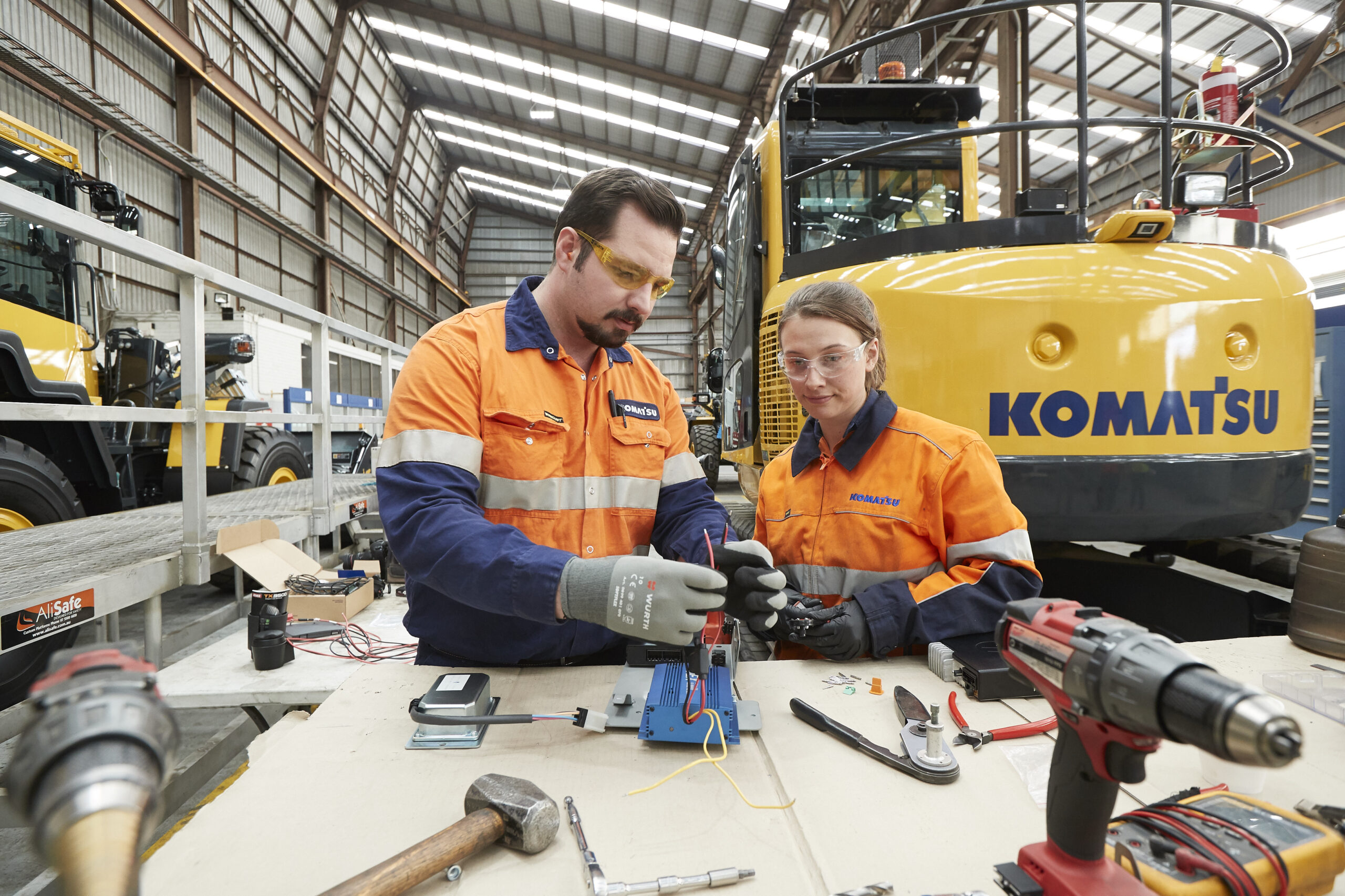Logan City is growing fast. The existing 330,000 residents will be joined by many new arrivals over the next ten years due to urban development in the city’s south, an area which includes the Queensland Government’s Greater Flagstone Priority Development Area (PDA).
To cater for this future growth, Logan City has constructed a new wastewater treatment plant (WWTP) in Cedar Grove, along with 20km of trunk pipelines and four pump stations built between Greenbank and Cedar Grove.
The project, valued at $117m, was funded by Economic Development Queensland (Catalyst Infrastructure Program) along with contributions from developers. Completed by Logan Water in July 2020, it will manage the wastewater from around 20,000 people, with future stages providing services to around 189,000 people.
The challenges
The site was selected in 2010, however there was little community engagement and many locals forgot about the project. When Logan Water announced the project in 2017, many in the community were outraged. Subsequent engagement with the community, as well as traditional landholders, increased trust and the project was eventually seen as a net positive.
The project was also subject to the strictest licensing conditions in Queensland, which required it to achieve a net environmental benefit for the catchment of the Logan River. The license stated that the project must maximise the uptake of recycled water and reduce nutrients entering the Logan River by 1.5 times the amount discharged in effluent.
The solutions
The project delivered all the environmental standards required under its license using membrane bioreactor technology, as well as through constructed wetlands. This has achieved record low nutrient levels of less than 1mg per litre of nitrogen and 0.5mg per litre of phosphorus. Any additional nutrients are dealt with through catchment restoration.
Biodiversity was also enhanced by the planting of 37,000 native plants on 34 hectares of what is now known as the Cedar Grove Environment Centre.
Involvement by the Community Reference Group (CRG) led to better outcomes than if Logan Water had planned the project on its own. For example, Logan Water had assumed the project would include dense planting of trees around the 204-hectare site perimeter to screen the structures from neighbours. However, the CRG identified that residents valued views of distant mountains, which would be lost if trees were planted on site boundaries. As a result, plantings were designed in clusters.
The project was also extremely safe, with 438,000 working hours clocked up with no Lost Time Injuries.
The project is now viewed by the environmental regulator as a model for other utilities.














